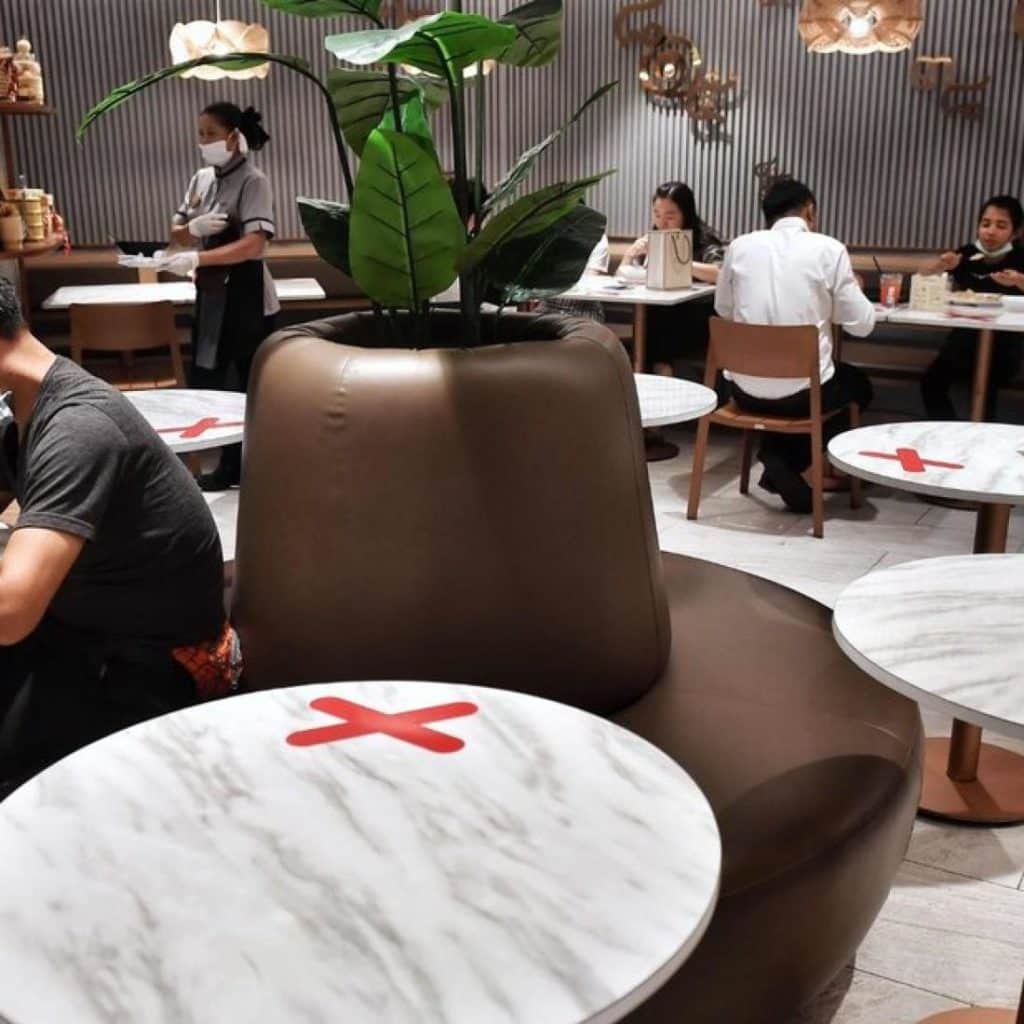I am fortunate in my work to also serve large-scale operators, food producers and restaurateurs among several customers: in many they are changing all or part of the operating dynamics and strategies due to the coronavirus.
Beyond the undoubtedly negative effects of pandemic, the reaction to the situation is all in the field of choices and experimentation. If it is true that coronavirus will also shape the future of catering, it is certain that this form begins today, in the present.
Nobody knows better than restaurants or pizzerias. The dining rooms are closed and once reopened they will not look the same. Moving to a takeaway model based on enhancing the delivery service is a necessity, but it may not compensate for all lost sales.
That's why lately, restaurants are experimenting far outside their normal territory to find ways to survive the double whammy of a global pandemic and an industry on the brink of collapse.
And so the development of strategies and forecasts is necessarily preceded by the observation of what is happening in the world.
Selling groceries is one way.
Case in point: the fast food chain Subway (sandwiches and salads) this week announced the birth of Subway Grocery. It is a store where you can buy pantry products directly from the Subway supply chain. Loaves of bread, frozen soups, lettuces in a bag, bacon. All the ingredients that could be found habitually in Subway sandwiches can be purchased in different quantities.
The move is a way to get consumer goods that may not actually be in grocery stores right now (due, perhaps, to “panic shopping”). More importantly, it allows the chain to supplement its delivery revenue while dining rooms remain closed due to the coronavirus.
Another foreign chain has followed the trend: the Panera Bread Company, present in the USA with 2000 stores. The concept is also similar in name, it is called “Panera Grocery”. Customers can order food items such as bread, produce and dairy products directly from Panera's supplier chain and via a dedicated app. The goods are also delivered to your home. A sort of "return to basics," in short: companies allow the remote purchase of finished products, but also of the ingredients necessary to make them.
Other use case: Just Salad, food chain
And in New York, Just Salad, a chain of fast and informal restaurants that serves salads, smoothies, soups and others. The concept? Needless to say: Just Grocery. It will also deliver basic household products (including paper napkins) in 90 minutes or less to Manhattan residents.
I would say that many other such initiatives will follow these.
At this moment, large chains and small catering businesses they have no choice but to adapt their businesses to new formats so that they can add incremental revenue to sharply declining sales.
Preparing grocery orders and meal kits is another way to keep employees busy in the process, save on food waste costs, maintain discount classes and volumes of supplies.
And when will the dining rooms reopen? Will restaurants need an additional food business?

I absolutely say yes. Some of these “additional and collateral activities” will remain active for quite a while. Because even once reopened, restaurant premises will no longer look like before. The days of crowded venues, cramped spaces and “family” seating will be a thing of the past. Venues will have a much lower capacity than today, and many people will not trust going out to eat.
This makes the issue of additional revenue for food businesses a long-term option.
Future of catering: small restaurants become "micro branches" of large chains?
Other restaurants are turning to the grocery stores themselves, not to sell basic foods but to distribute their meals to customers who would not come to eat them locally. Texan HEB has launched a pilot program to sell ready meals from its restaurants. To do this, he partnered with local restaurants, some of whom were able to hire employees thanks to the extra work (and earnings). Singular operation: a bit as if the pizzeria next door also had dishes from iconic chains such as Old Wild West available.
In some cases, the grocery stores are actually hiring on their own. It happens to chains that have already realized they don't have enough staff to keep up with the demand for groceries. The "conversion" also involves, and necessarily, fewer waiters and more "ponies" for deliveries.
Yes, selling restaurant food in stores could stay. There is indeed a high probability that restaurants will not operate at their old capacity once they reopen.


